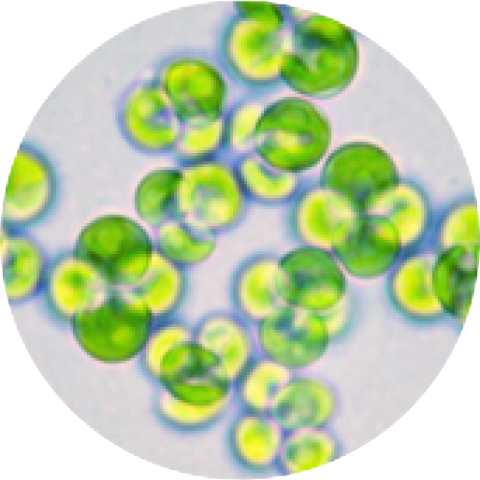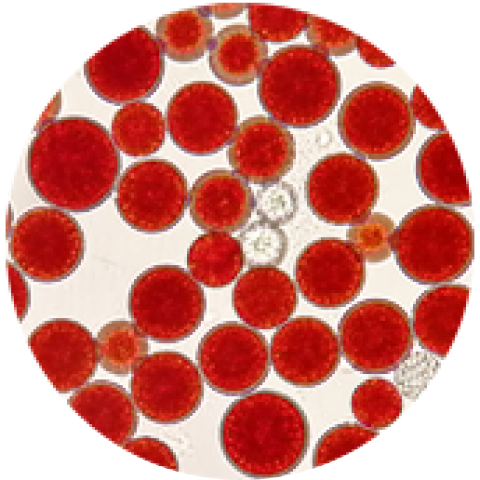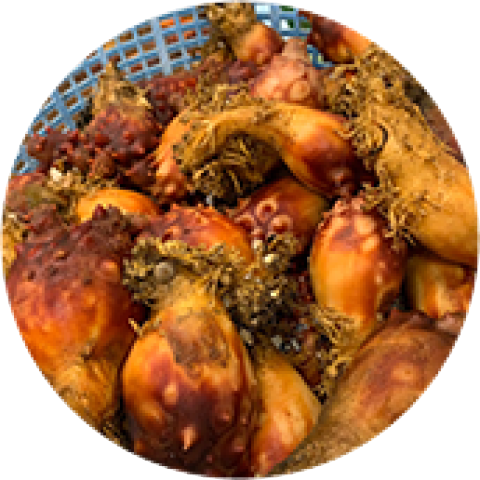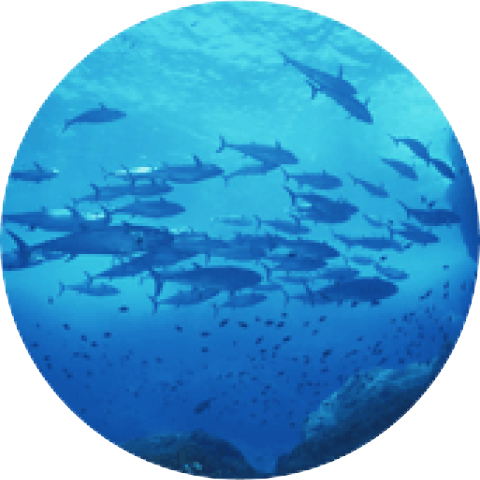-
Choose your preferred option
Agaricus Blazei, a mysterious mushroom grown in the mountains of South America
The name "Agaricus" is a generic term for mushrooms of the genus Haratake, and there is no mushroom named Agaricus mushroom.
Agaricus, which is generally distributed as a health food, is a mushroom with the scientific name "Agaricus blazei Murill. Its Japanese name is "Himematsutake".
Even though they all belong to Agaricus blazei Murill (hereinafter referred to as Agaricus blazei), their components differ greatly depending on the cultivation method and the place of origin.
Agaricus blazei used by Sun Chlorella originates from a mountain region in Piedade, Brazil.
It was brought to Japan in 1965. A Japanese resident in Brazil found it growing wild in the mountains near Sao Paulo and sent it to Dr. Inosuke Iwade, a mushroom specialist.
Agaricus fruiting bodies contain β-(1→3)-D-glucan, β-(1→6)-D-glucan protein complexes and RNA-protein complexes, which help maintain health, and mycelia section contain glucomannan. In addition to them, it is discovered to be rich in vitamins and minerals, which are necessary for health maintenance.
Among them, β-(1→6)-D-glucan, a polysaccharide of Agaricus blazei, is characterized by its ability to bind to many proteins. By binding to proteins, the polysaccharide is better absorbed into the body through the digestive tract, not only when eaten as it is, but also when taken after boiled. Polysaccharides from other mushrooms that do not have this feature, such as the polysaccharides from shiitake mushrooms, are not absorbed when eaten or drunk.
Sun Chlorella uses only the rare "Agaricus blazei Murill (Himematsutake) Iwade 101 strain," which is considered to have particularly high β-(1-6)-D-glucan content among the more than 200 types of agaricus.









